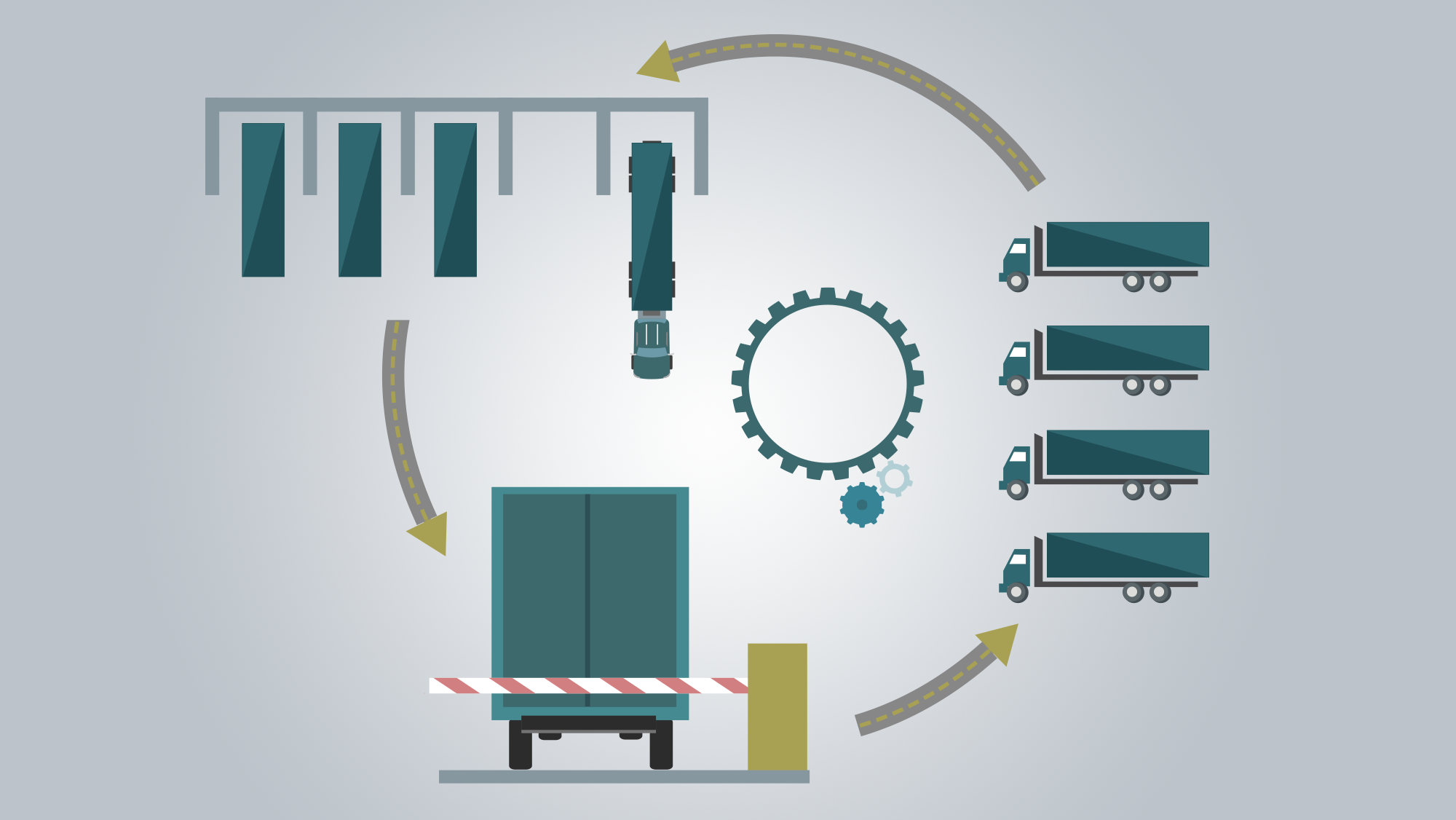4 New Trends in Yard Management

For many years yard management software (YMS) was something that was implemented by a select group of companies. Unless an operation was very large in size (and consequently very costly) it was very difficult to justify implementing a YMS. The basic reasons for this situation were quite straightforward:
1- Yard Management software was quite expensive.
2- The infrastructure necessary to run a yard management system was very expensive.
(In particular, the method of communicating information to yard drivers was via private wireless networks. These wireless networks were very expensive to initially install and maintain.)
In addition to these cost barriers, most yard management systems have traditionally had a difficult time integrating to other systems. By nature, a YMS needs to receive inbound information to be able to provide visibility on arriving trailers and to also receive a data feed of trailers that need to be shipped out. In the past, this required a complex proprietary data exchange approach which usually ended up costing a lot in both time and money.
Despite these barriers to entry, most operations need a yard management system. They need to have visibility of the trailers (and the product) in their yard, they need to gain more productivity from their dedicated yard drivers, they need to more effectively utilize their trailers and they simply can not afford that their yard operation becomes a bottleneck to the rest of their operation.
4 New Trends in YMS
Good news!! Over that last few years a lot of the those cost barriers have come down due to advances in technology. In particular there are four key areas that have allowed Yard Management to become much more accessible to all types of operations.
Software as a Service
Cloud based systems have been a huge benefit to all industries and yard management is no exception. Cloud software reduces acquisition costs both in software and infrastructure. Normally the cost of a cloud based system is tied to usage thereby allowing small and medium sized operations access to solutions that were previously only used by large operations. Cloud based systems also remove the requirement of ongoing internal maintenance.
Advances in Wireless Technology
Today LTE and 4G technology are such that private wireless networks are no longer needed when it comes to yard management. This means that there is no longer a need to wait for the installation of and to continually maintain costly private wireless network. For the cost of a simple data plan your yard drivers can be connected to the cloud.
Standardized Mobile Communication Devices
Common mobile smart devices that run on either Android or iOS allow companies to reduce the cost of their devices and even leverage the devices that employees already own. If a ruggedized tablet device that is installed in the vehicle breaks down, rather than the operation reverting back to manual, the driver can simply use his smartphone while the device is repaired.
Standardized Systems Integration
The advent of Web Services technology has allowed web applications to be able to communicate with all different types of platforms via standardized protocols. Web services is much less costly (and faster to market) than proprietary solutions such as EDI. This enables the yard management system to be seamlessly integrated into either the warehouse management system (WMS) or the transportation management system (TMS).
These exciting new trends are allowing all sizes of operations to gain the benefits provided by yard management without incurring the costs traditionally associated with yard management.
To find out more about the new trends in YMS please listen to the Supply and Demand Chain executive webinar titled New Trends in Yard Management.

